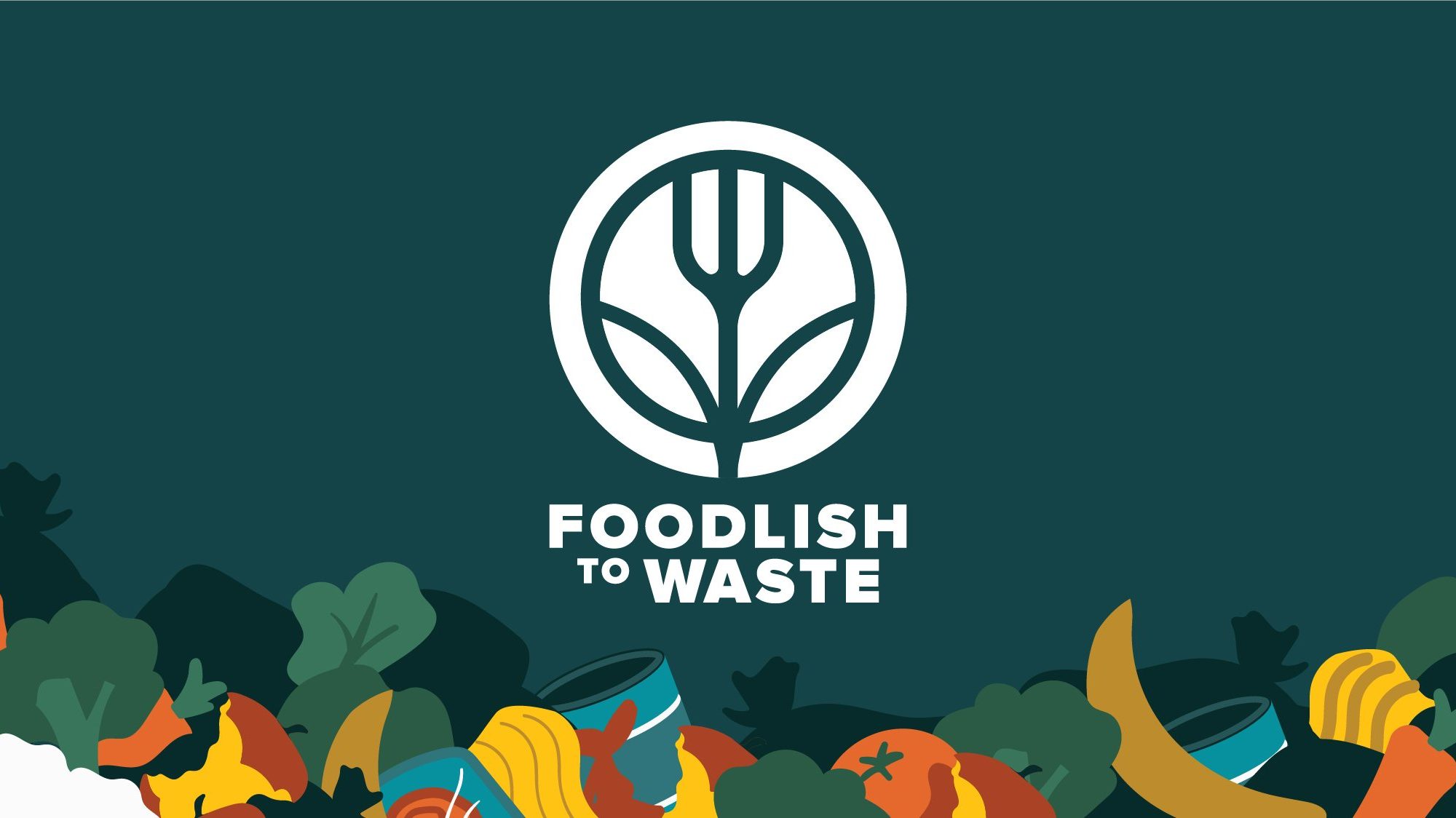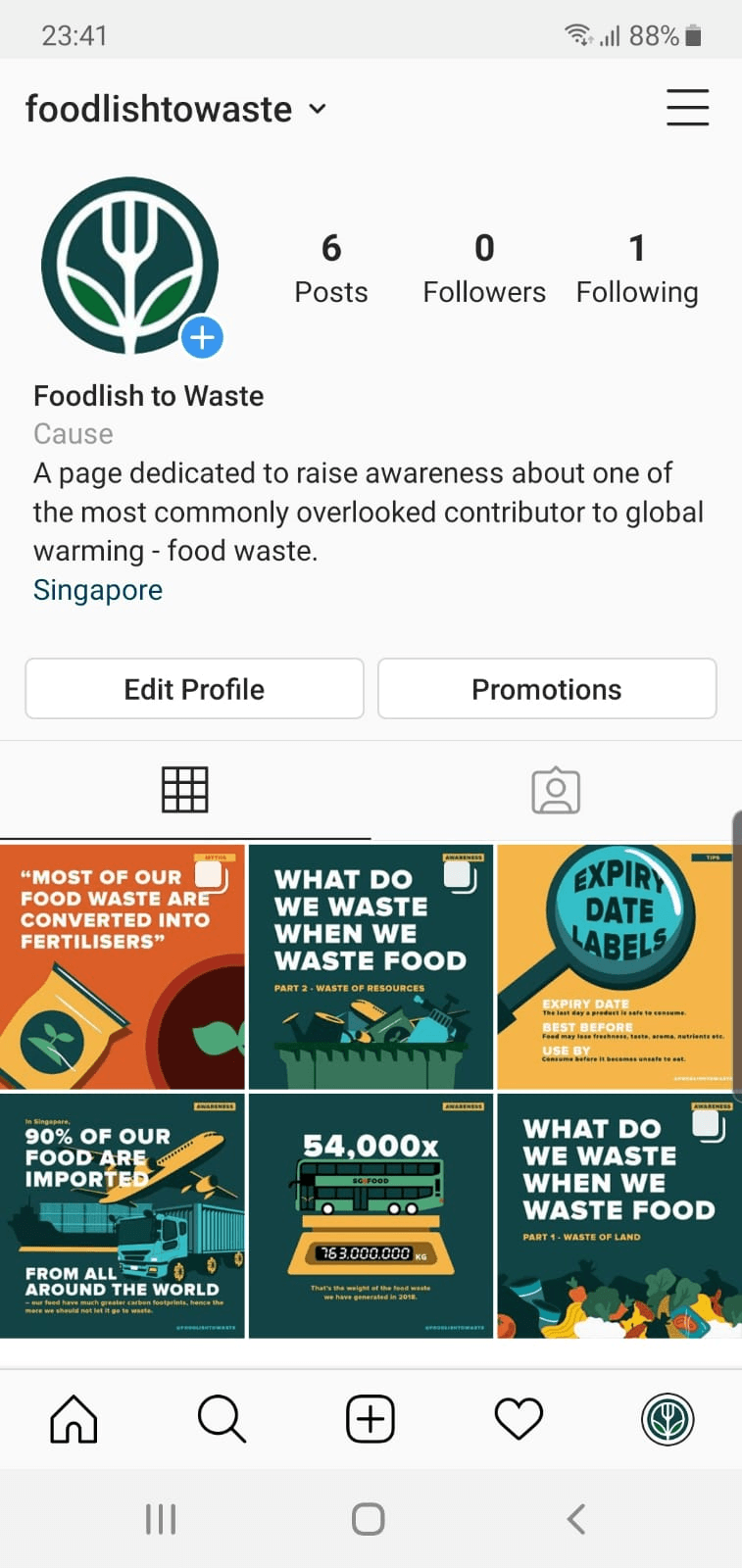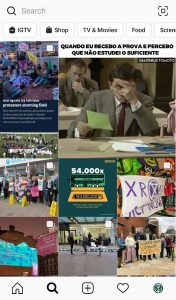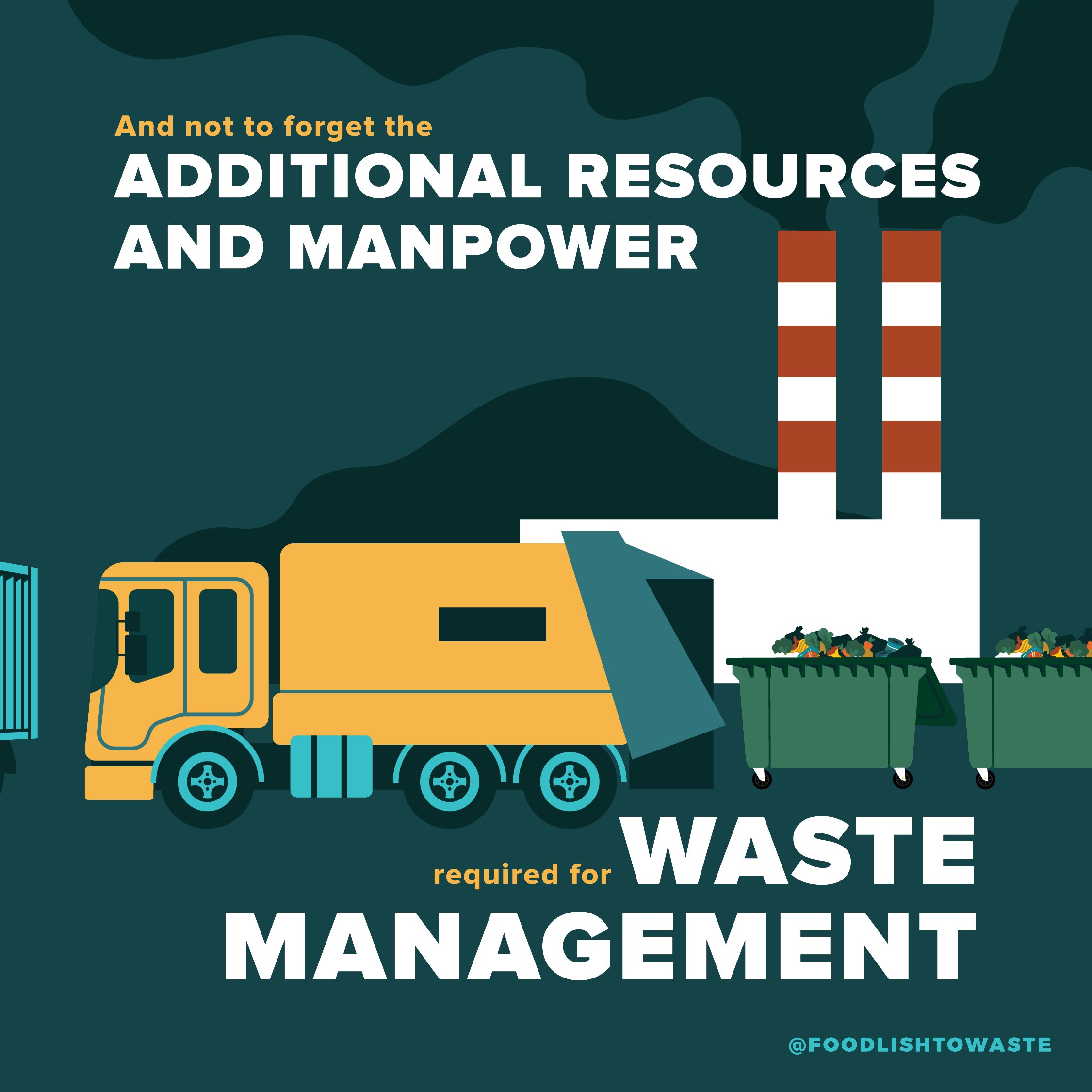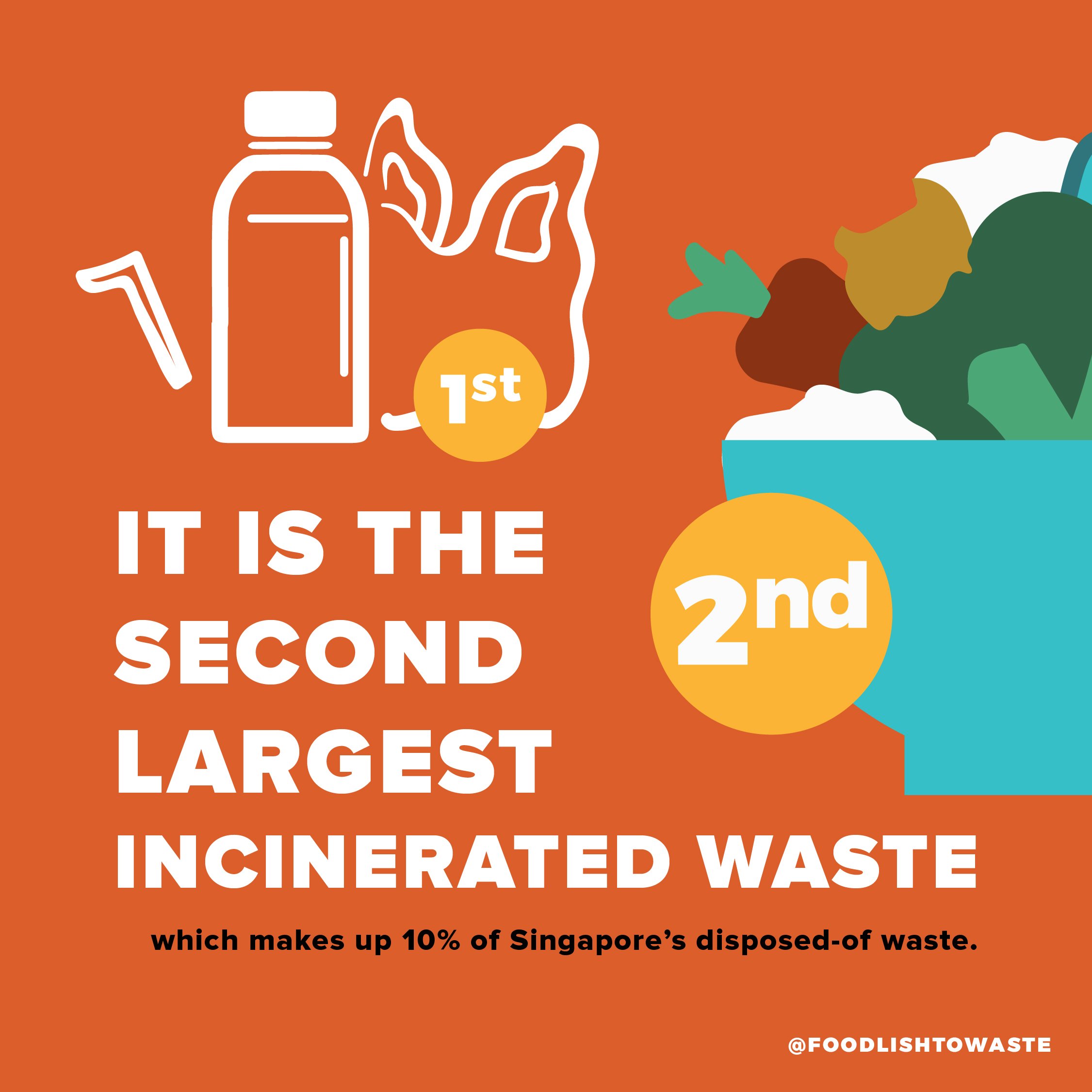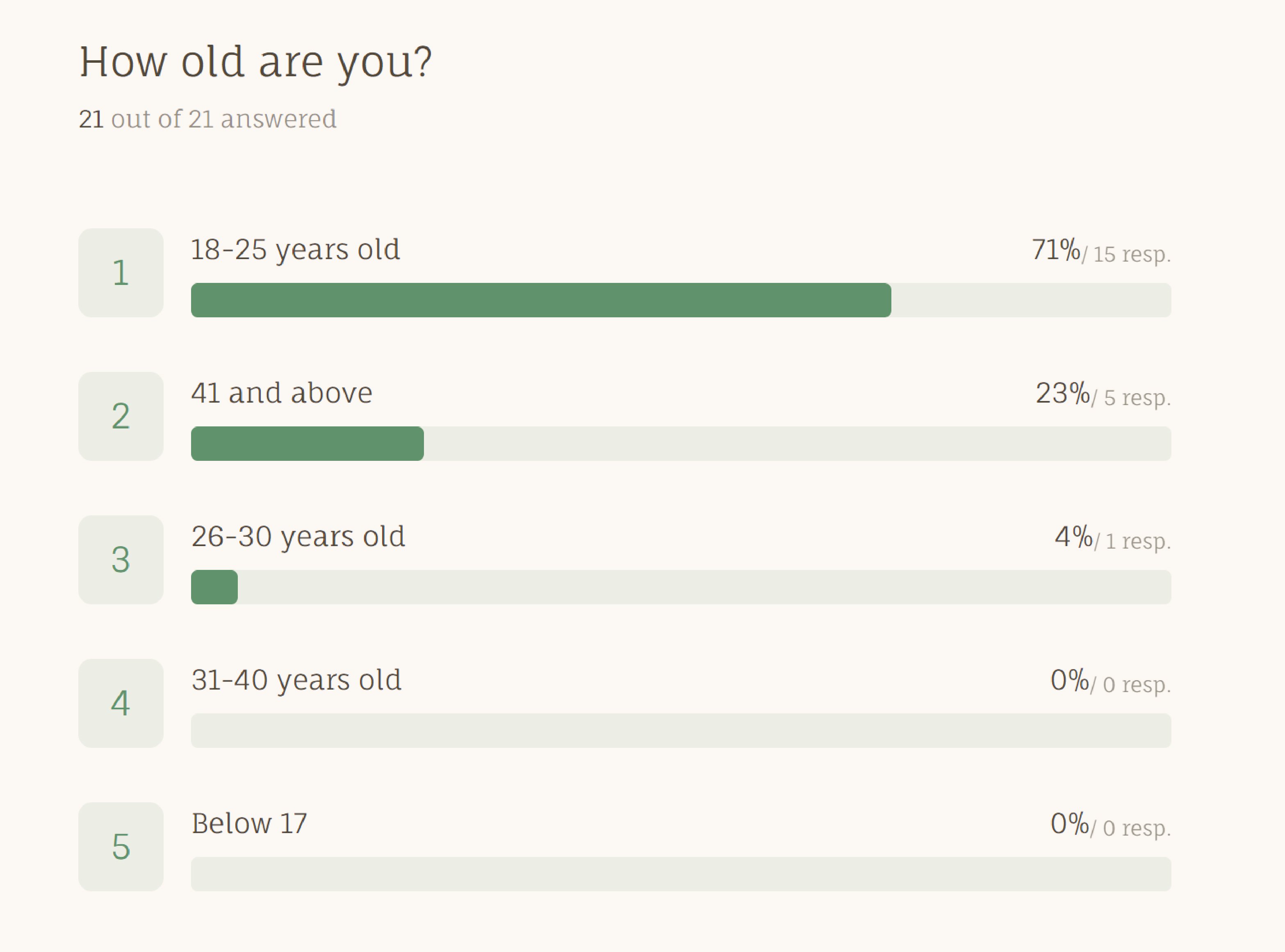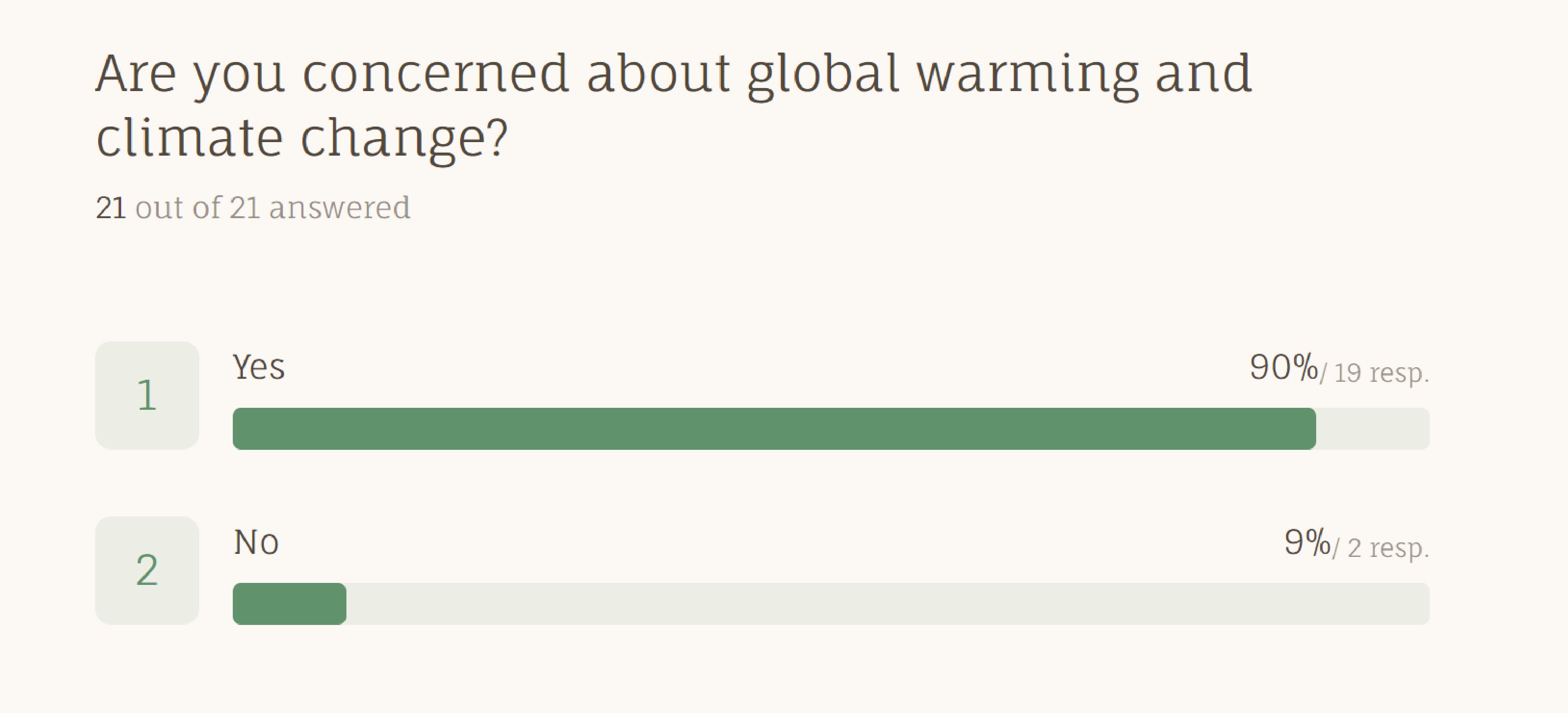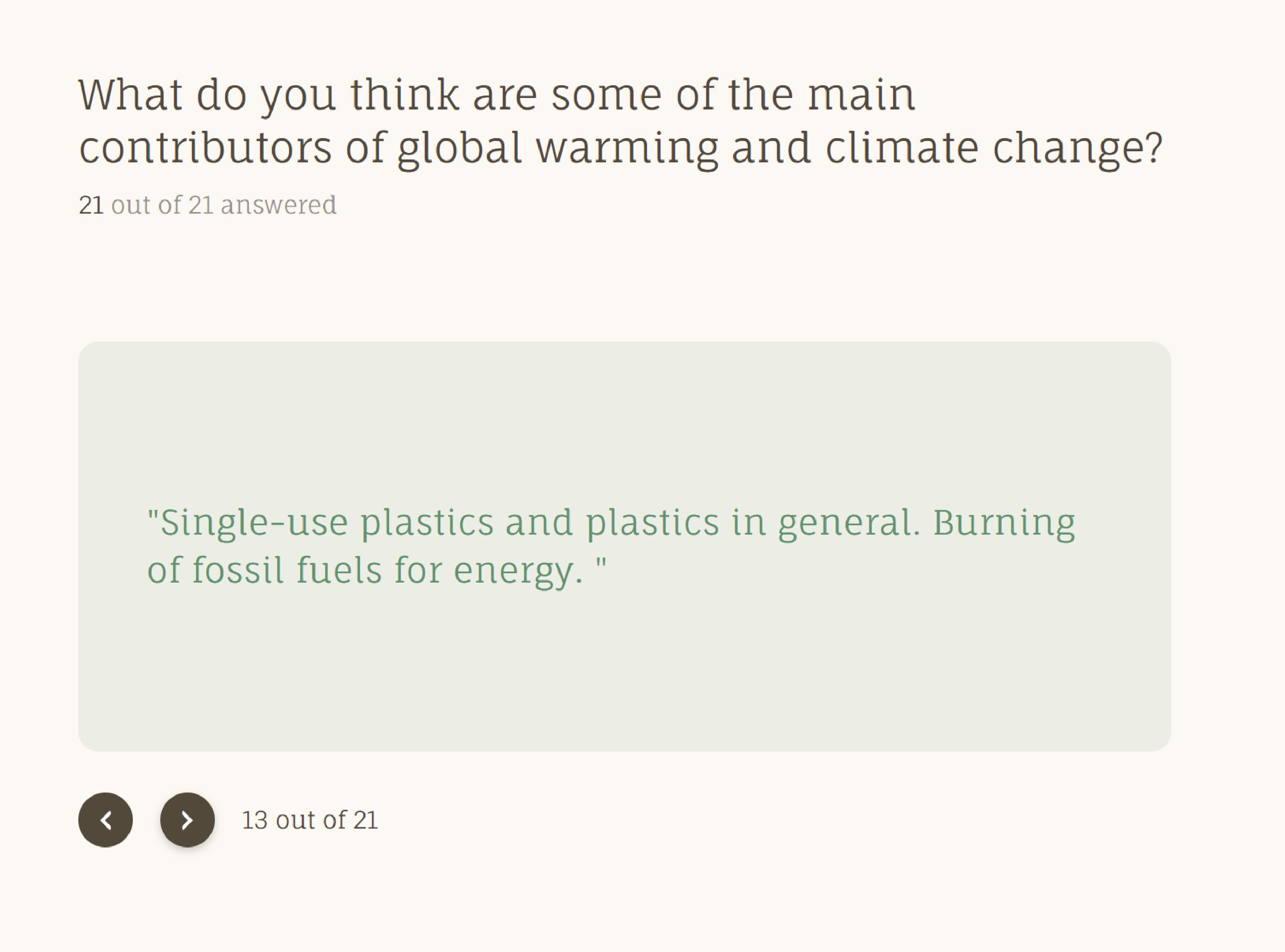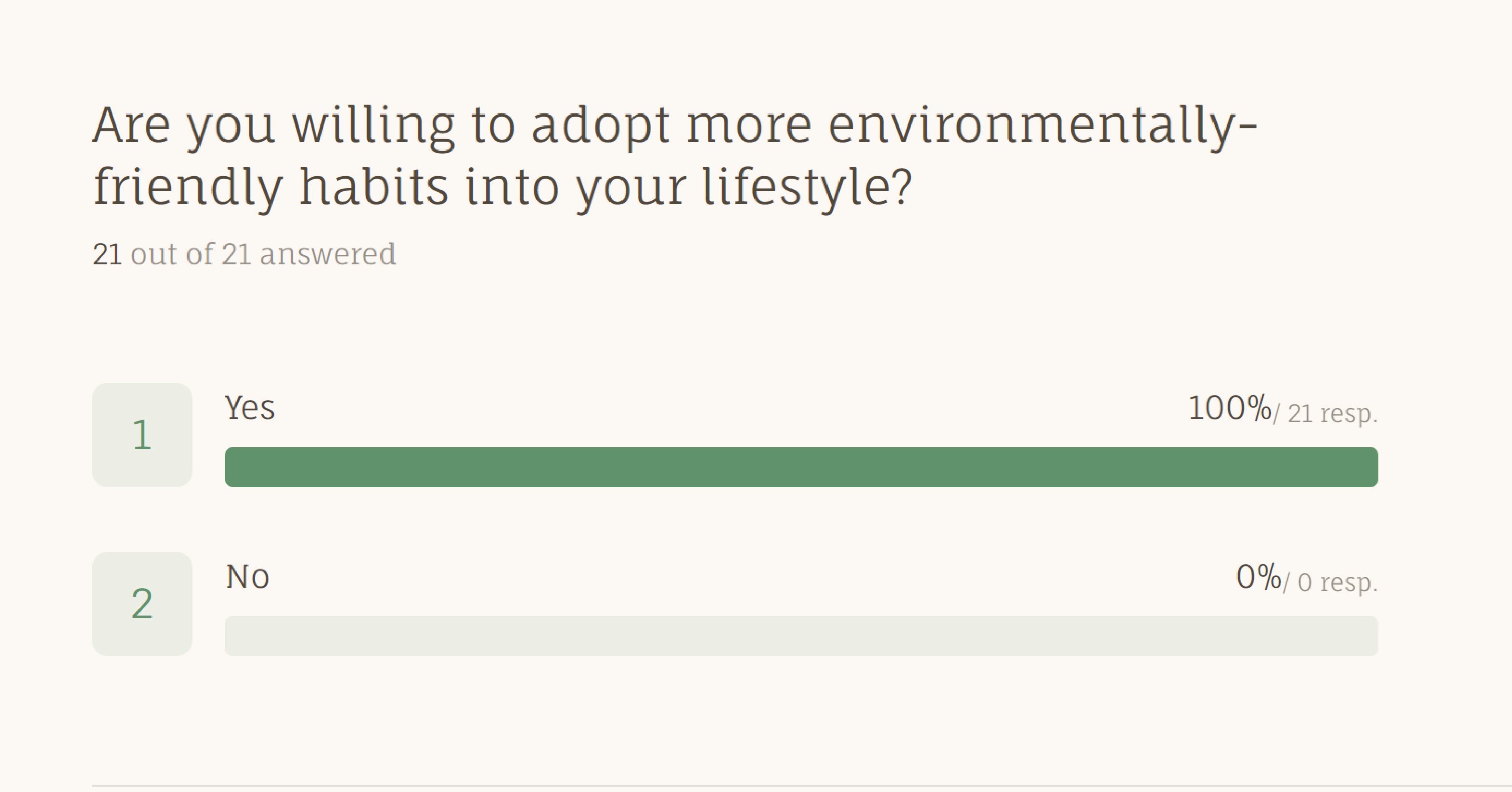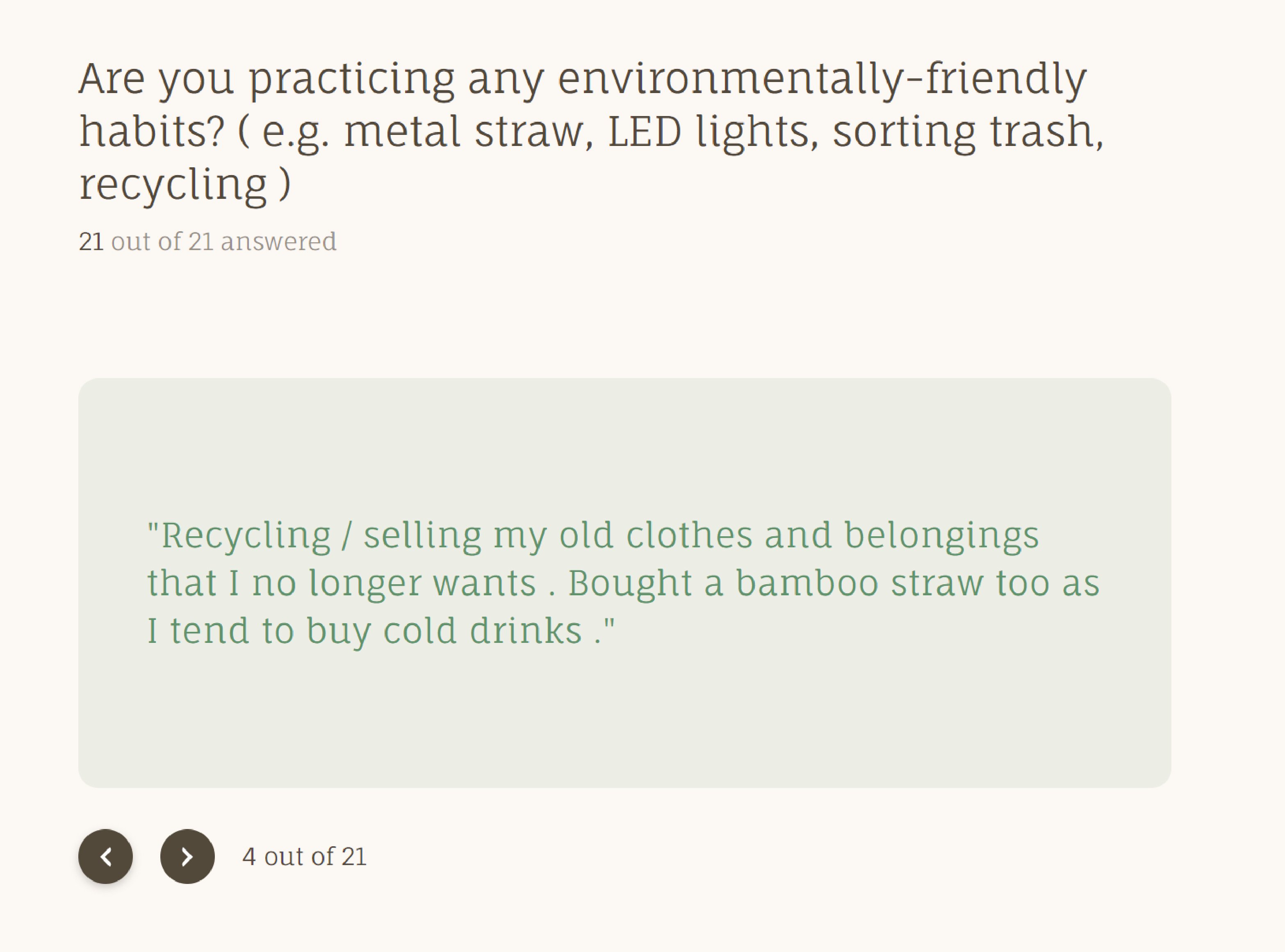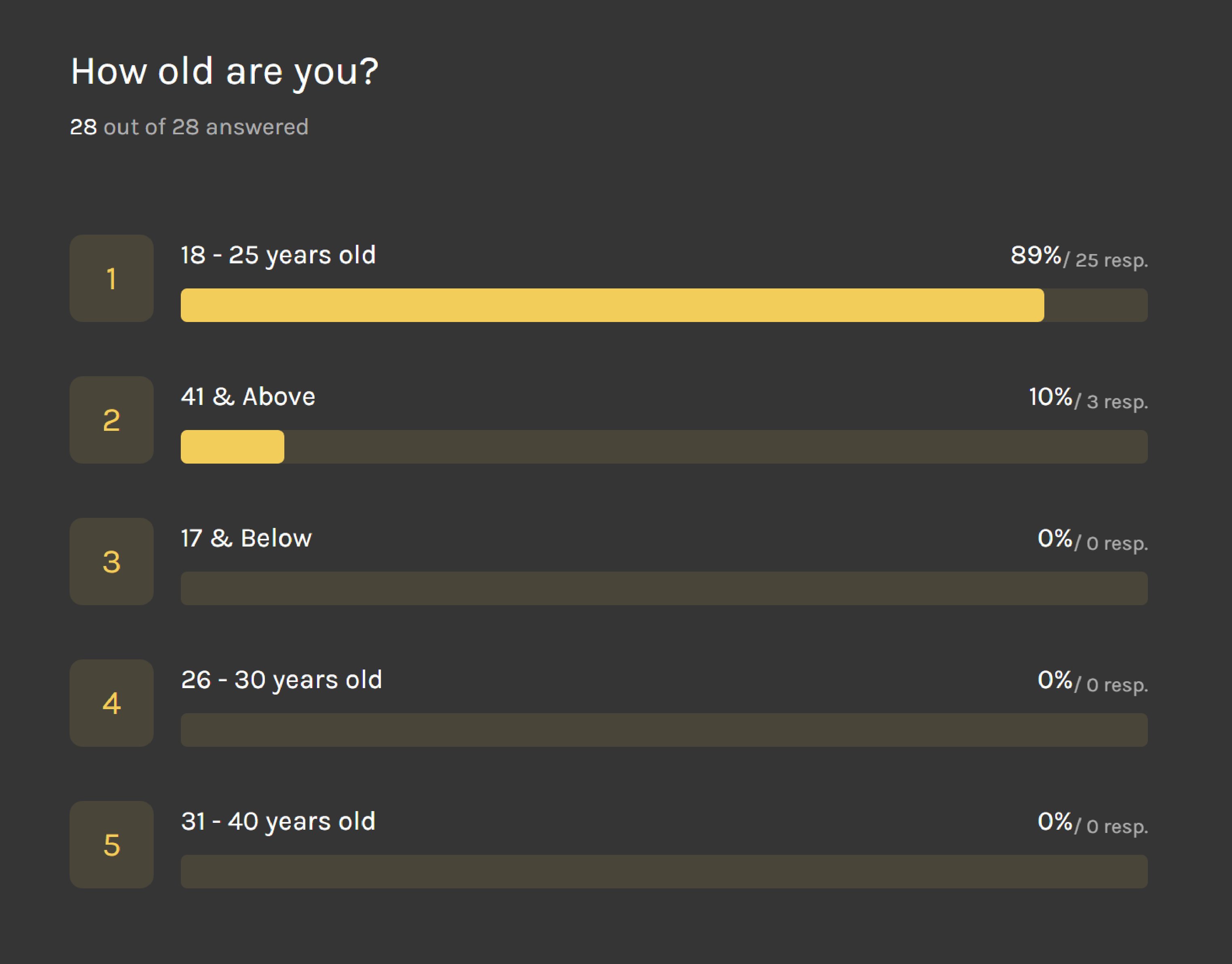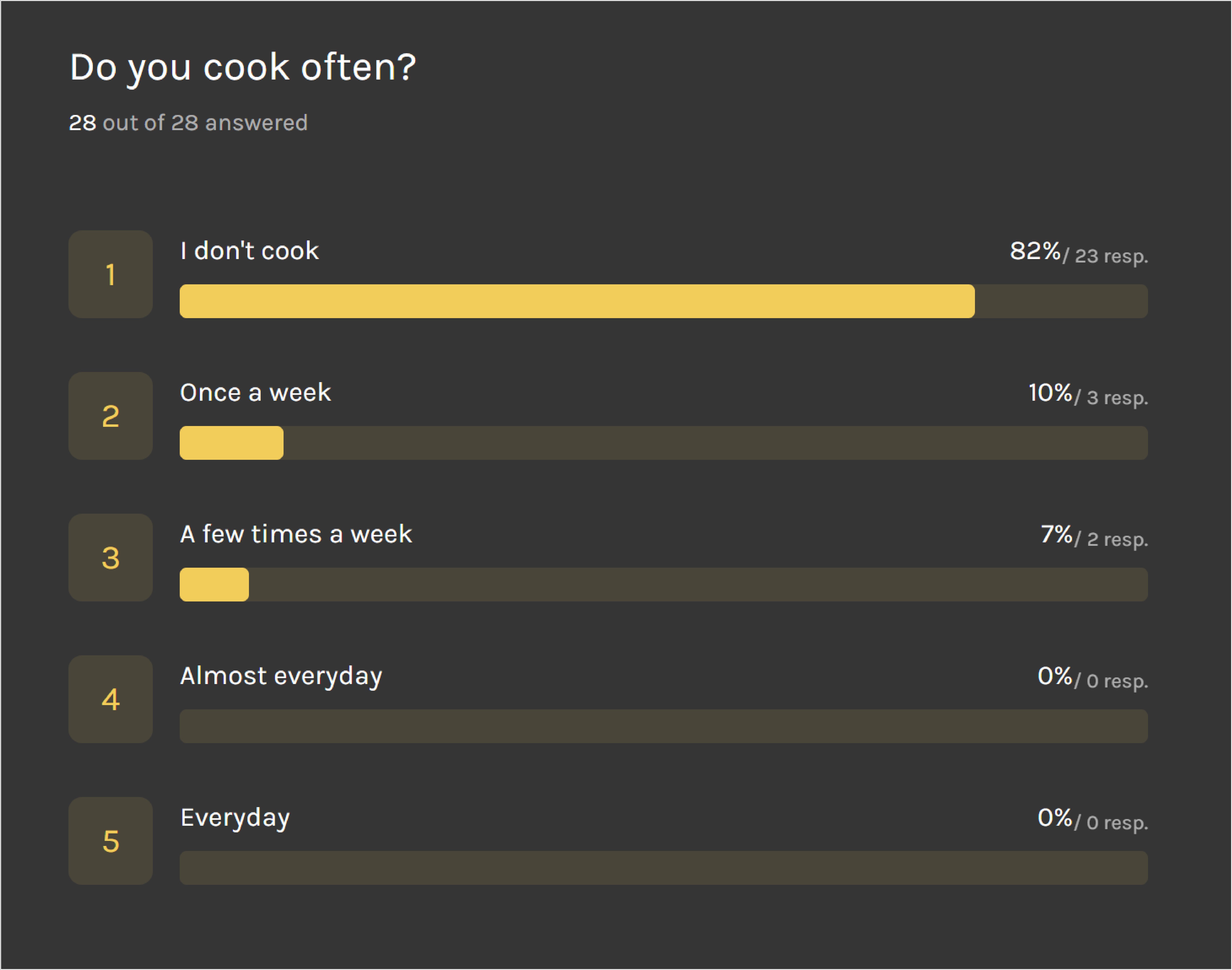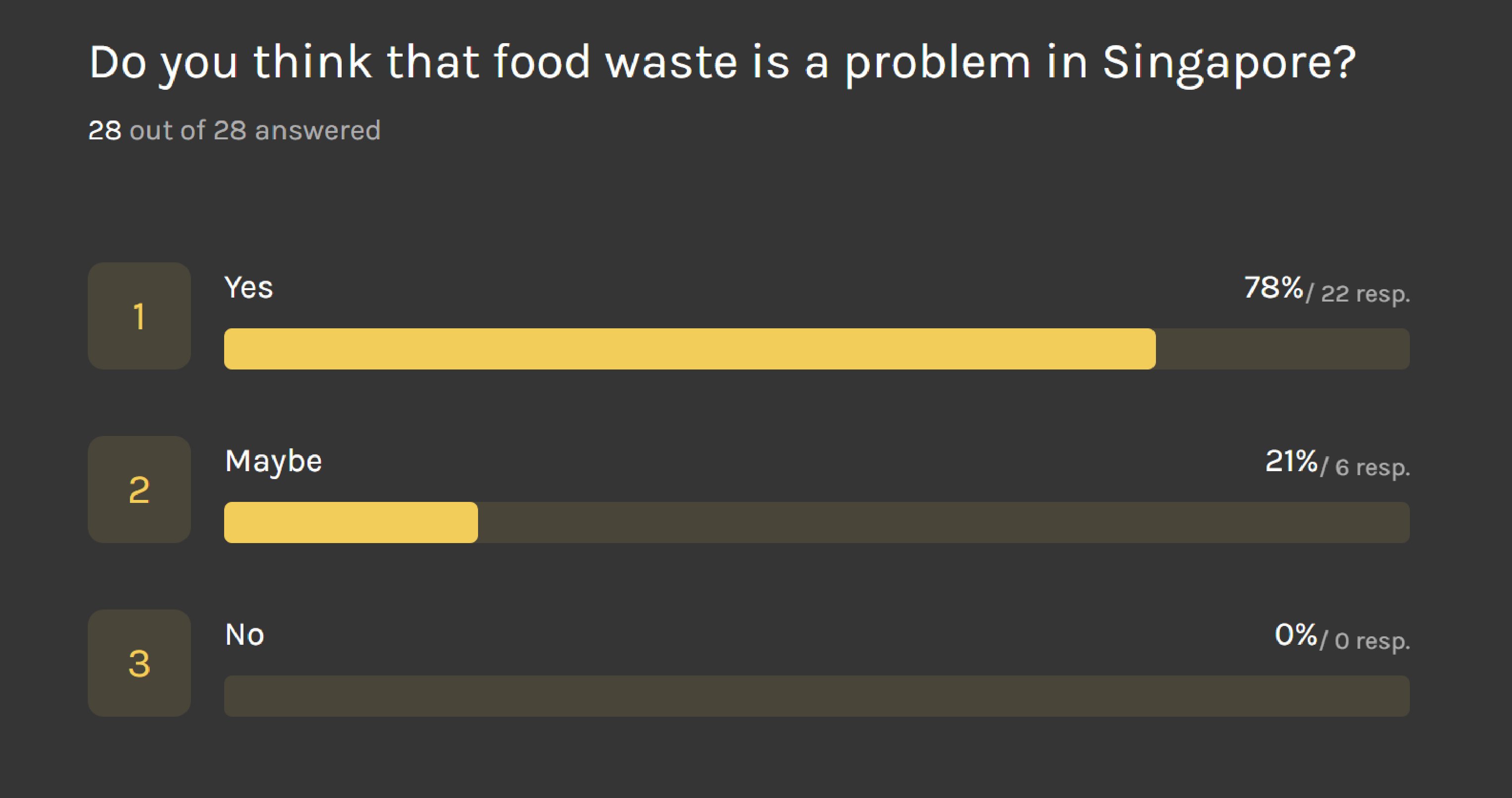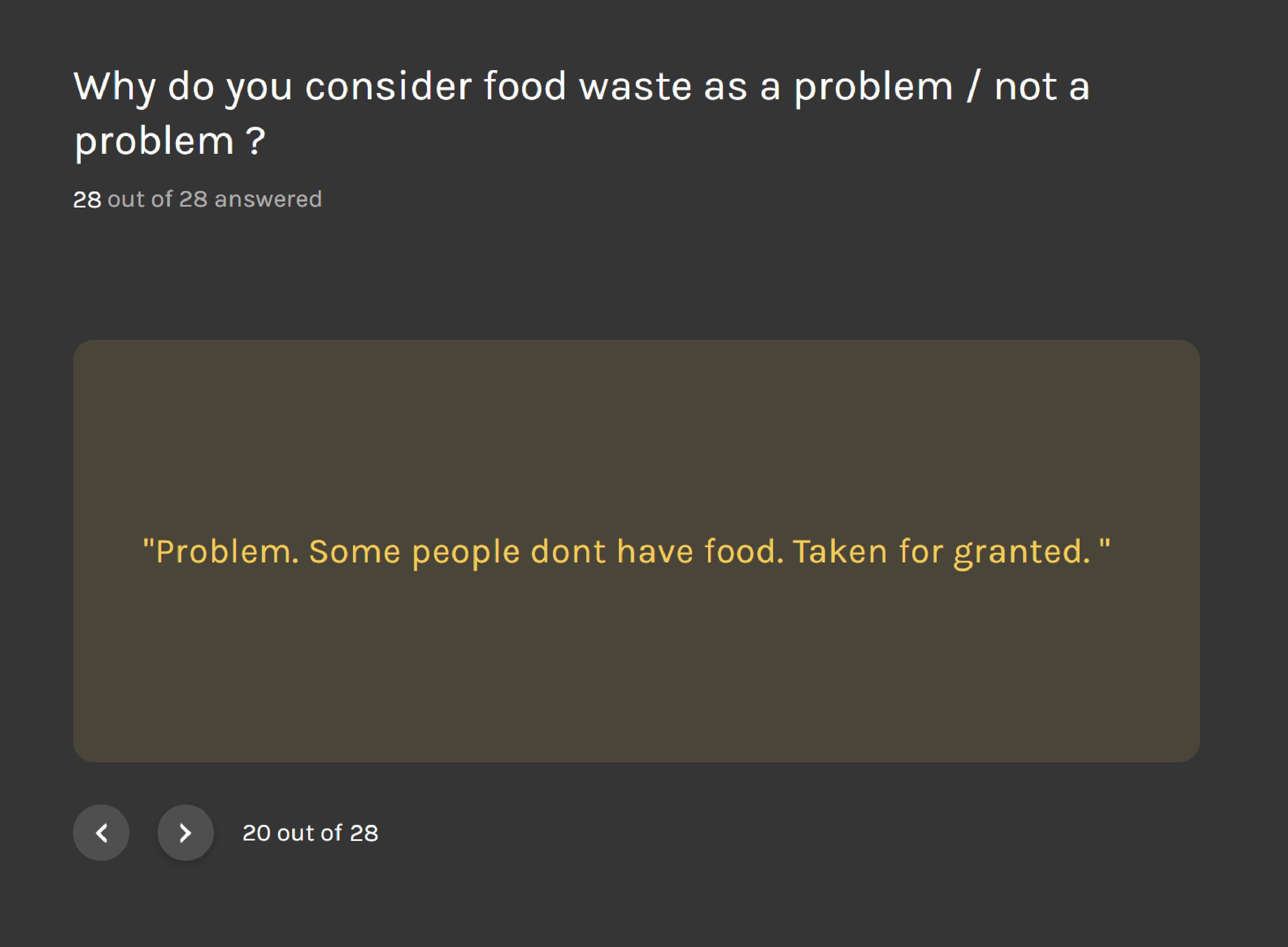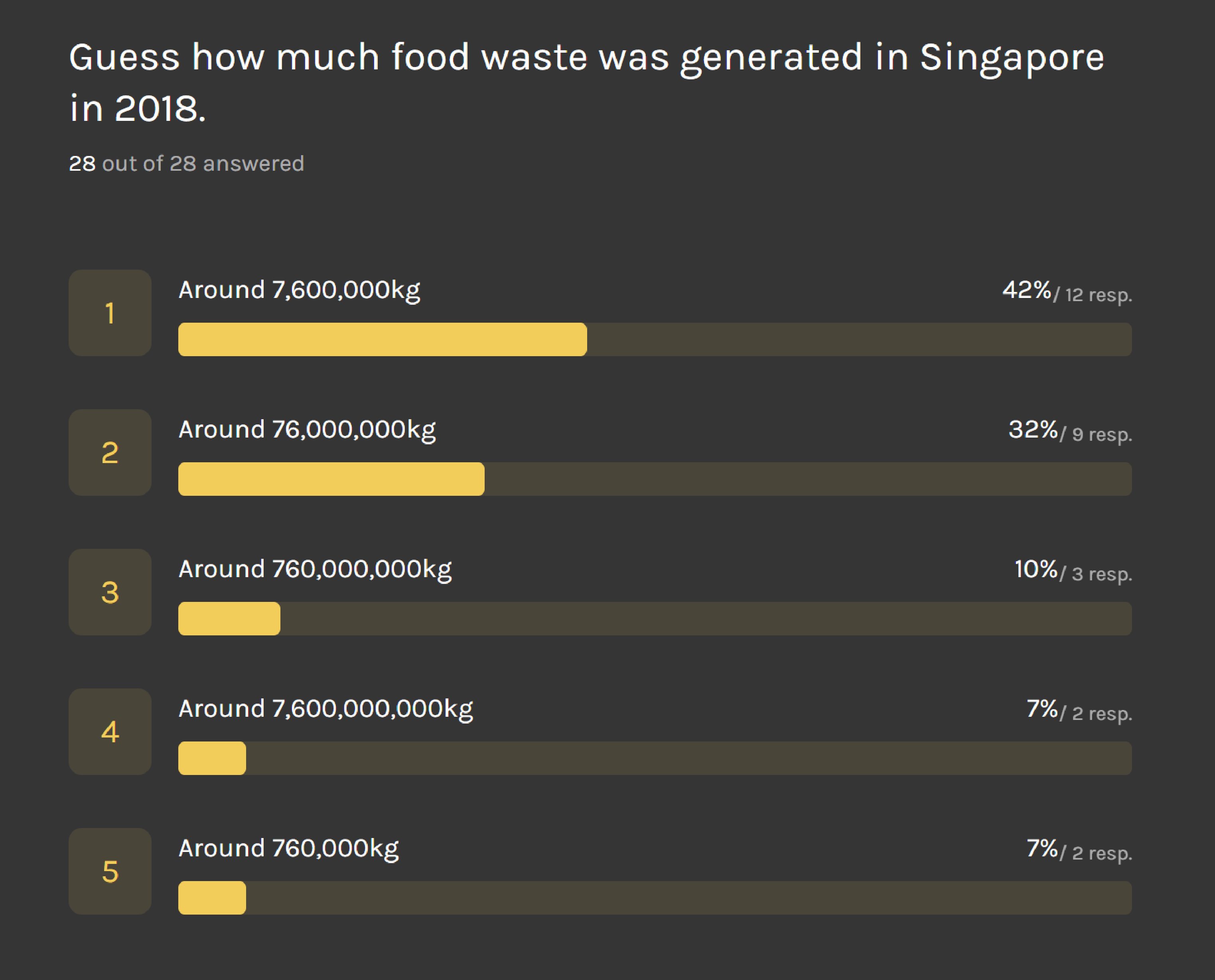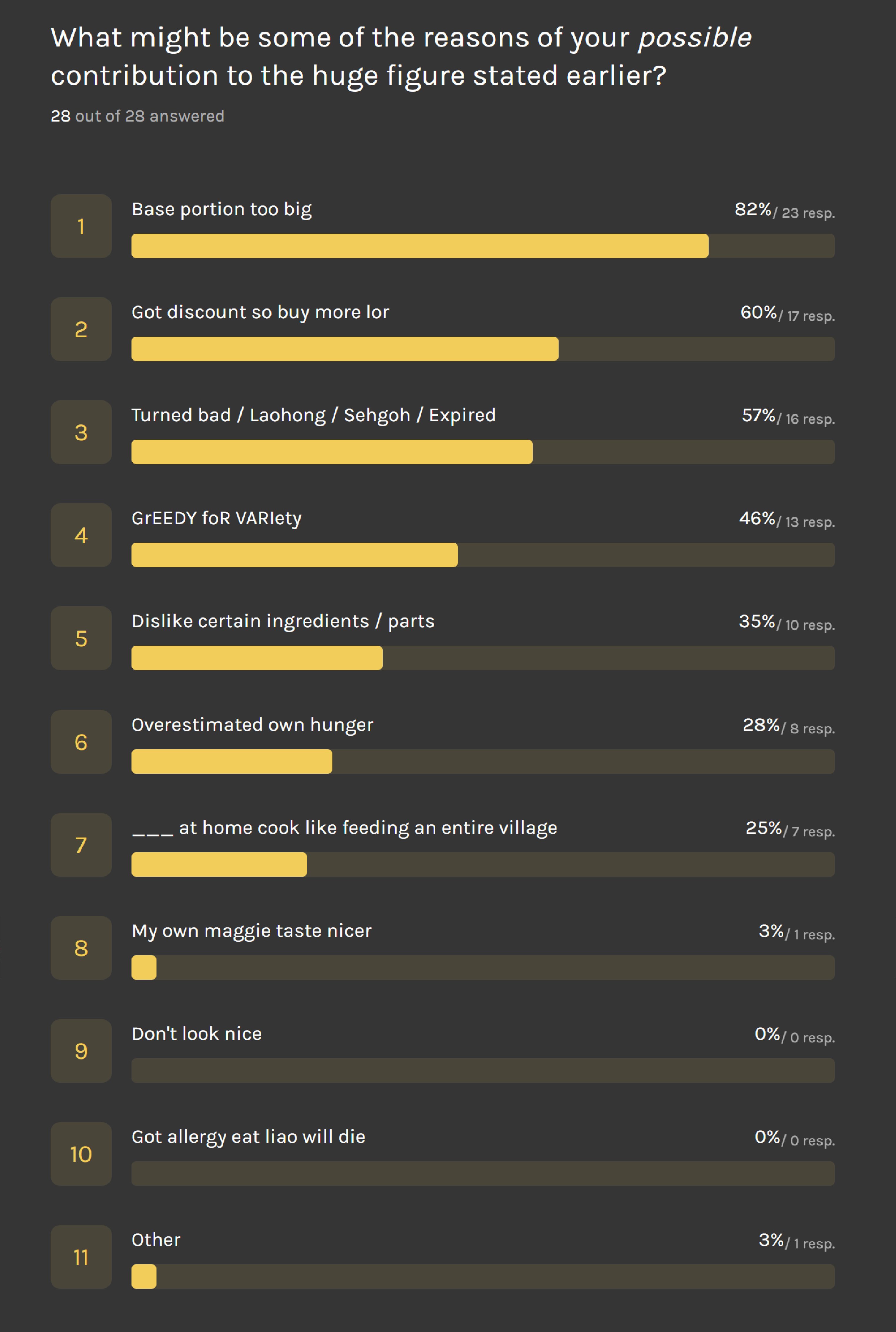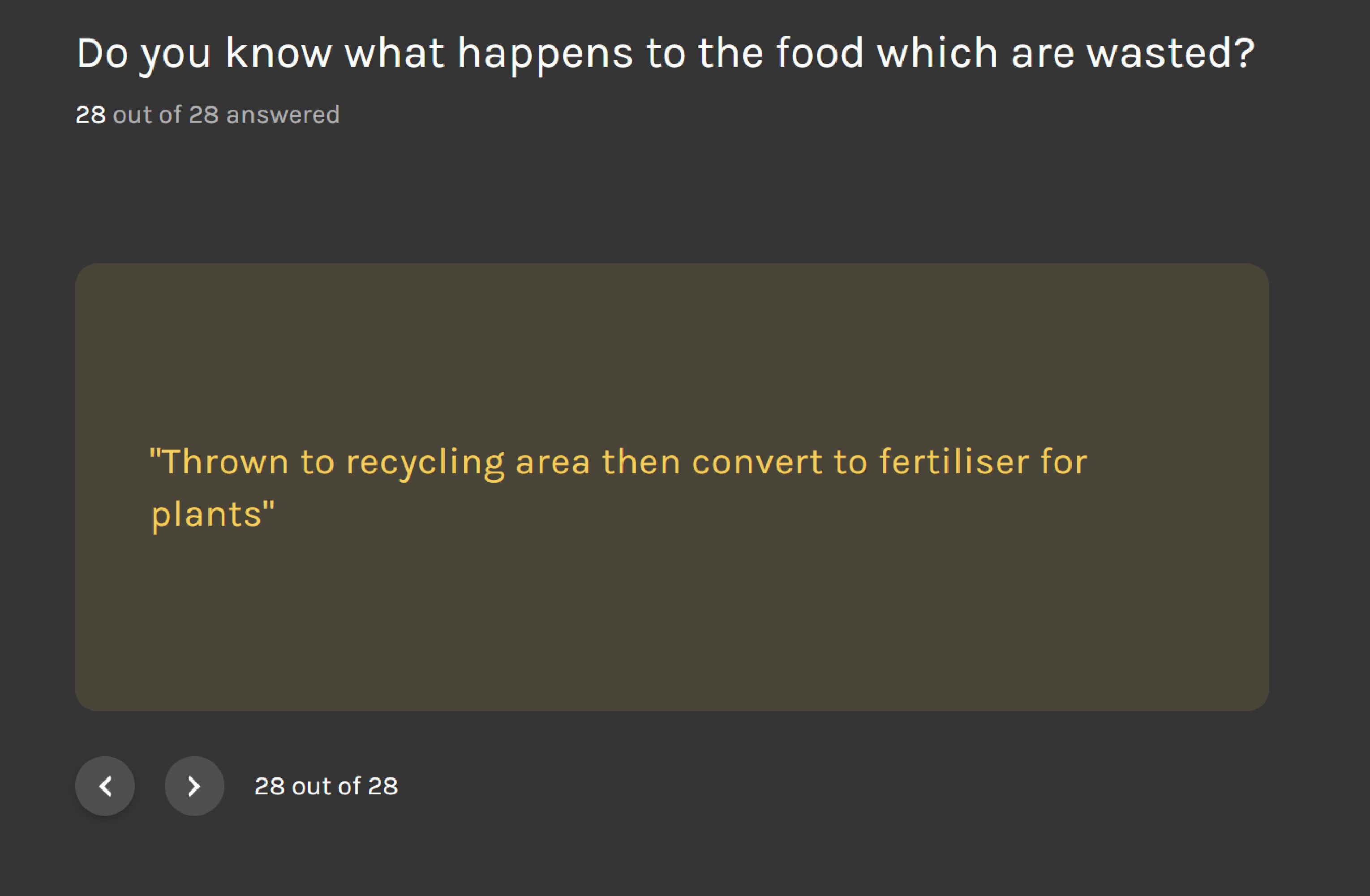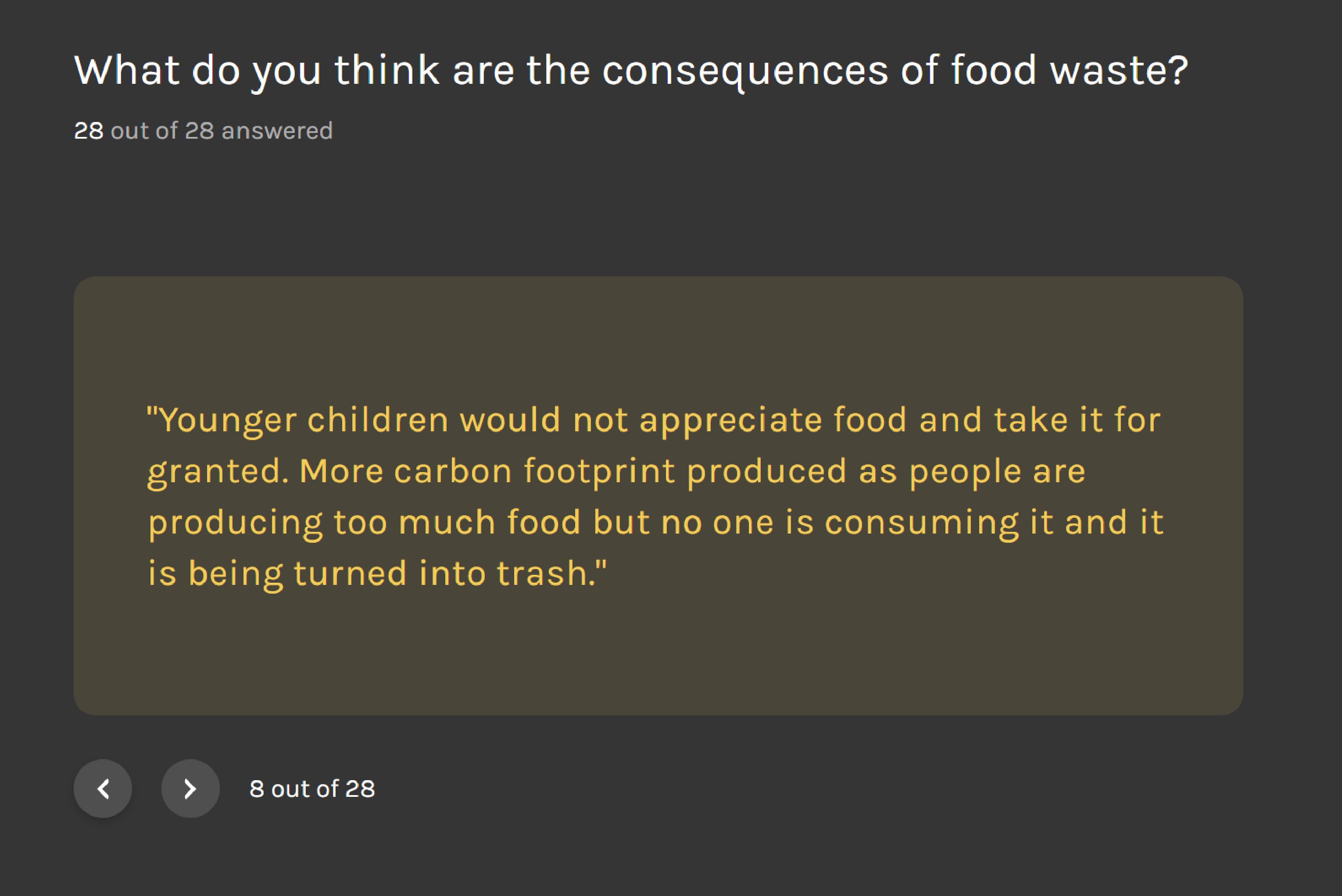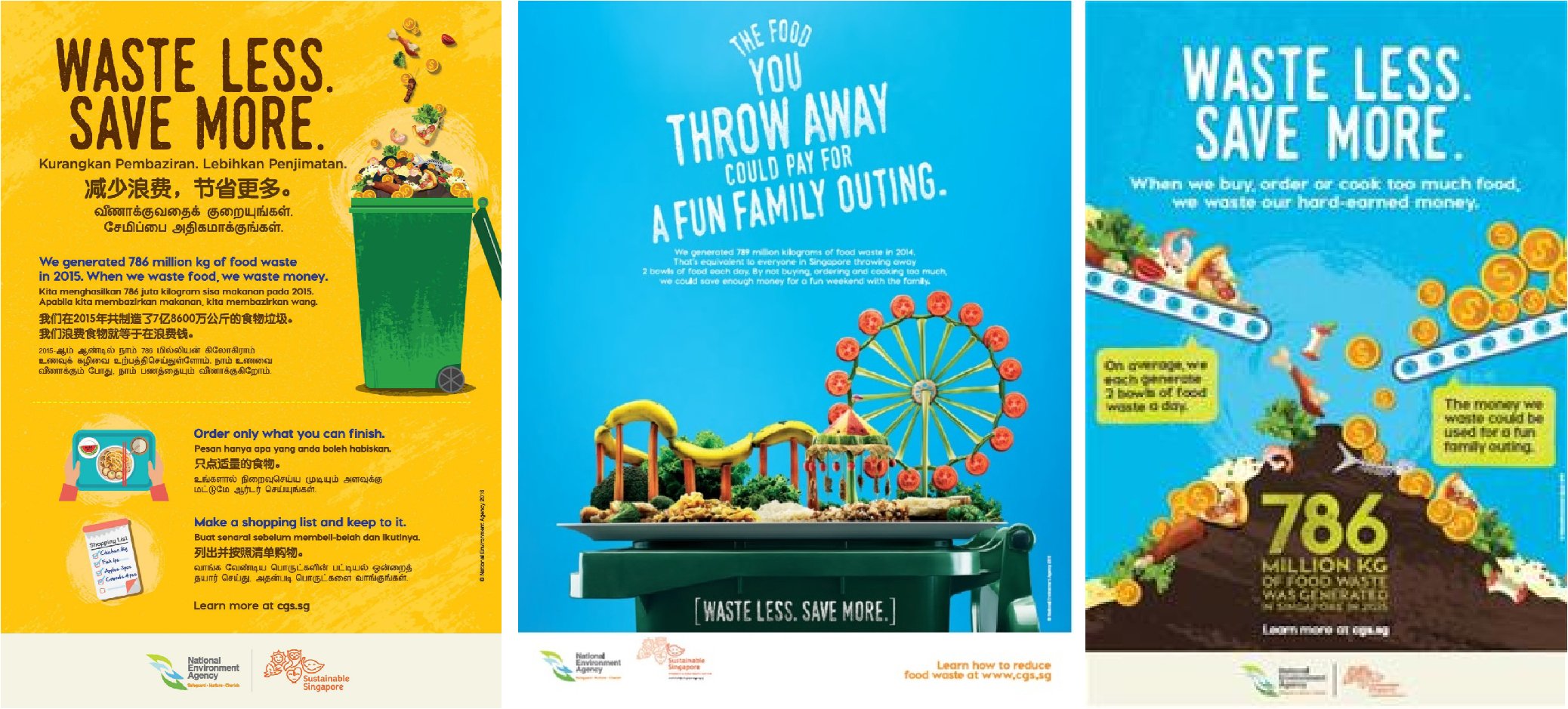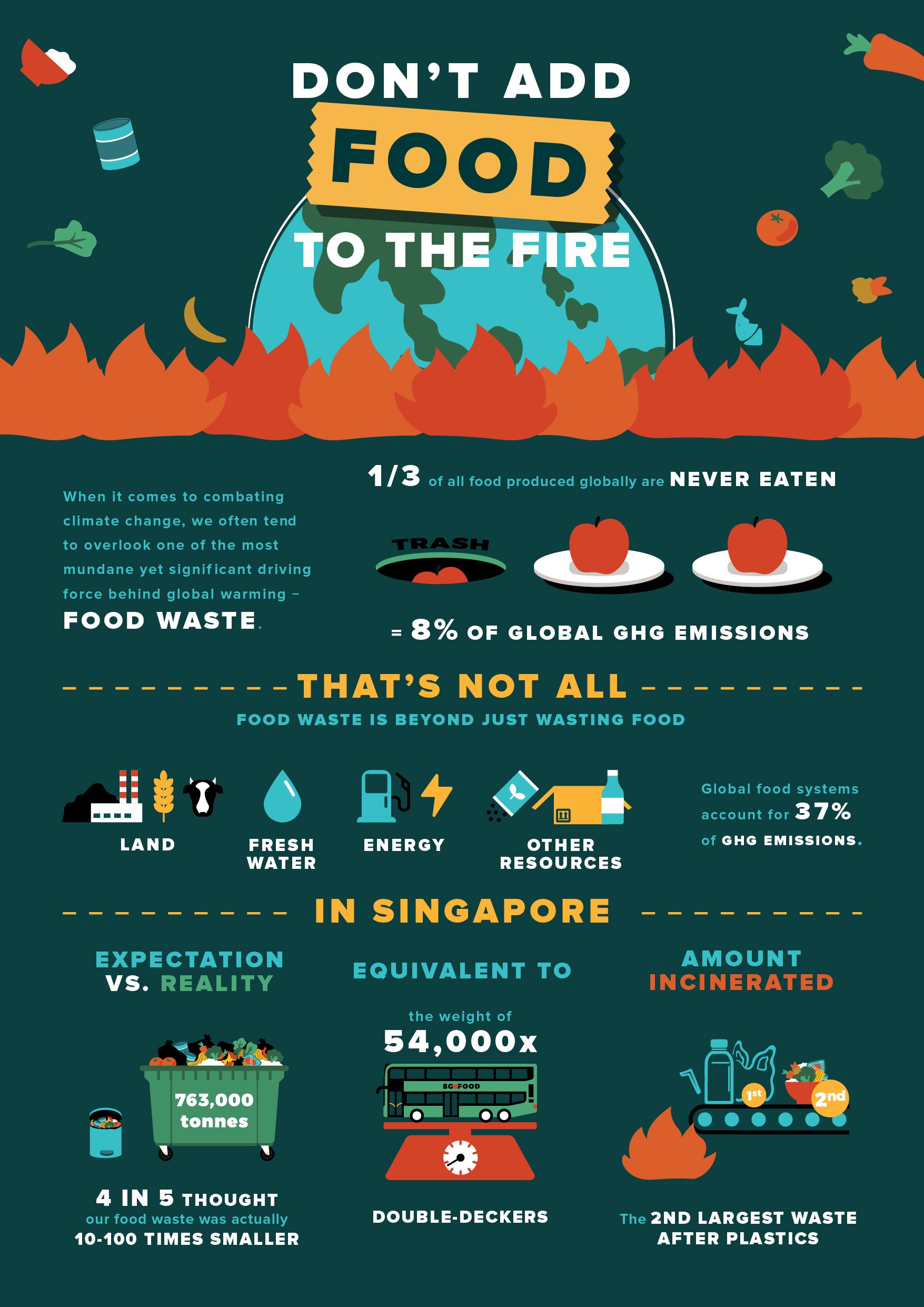Design Outcome 2
For my second design outcome, I wanted it to raise awareness about the food waste issue, and as well as to compel the viewers to visit the instagram page of the campaign at the same time. However, it would be rather difficult to place the deliverable at the places where food waste will take place as businesses would usually want to encourage patrons to purchase more food through promotions and bundles.
Hence, I decided to do bus-stop advertisements as public transportation would be the most widely used transportation by my target audience, aged 18 to 25 years old.
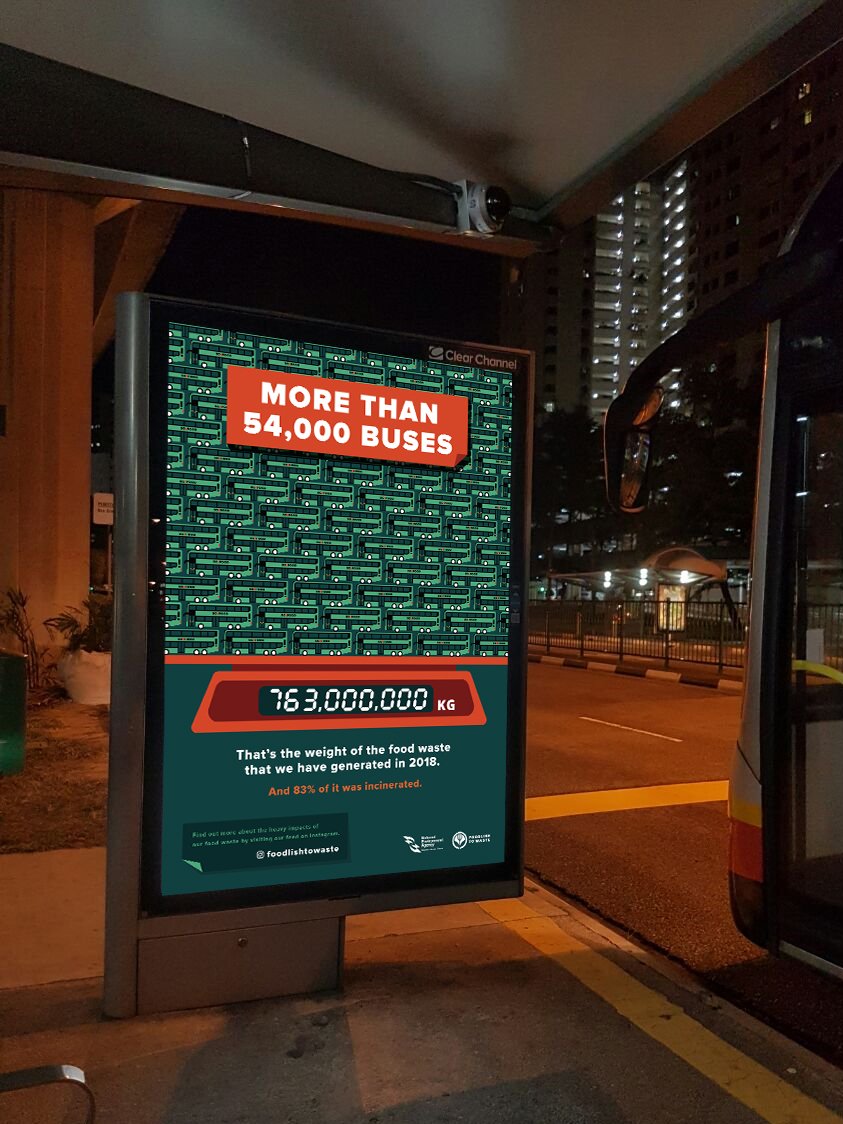
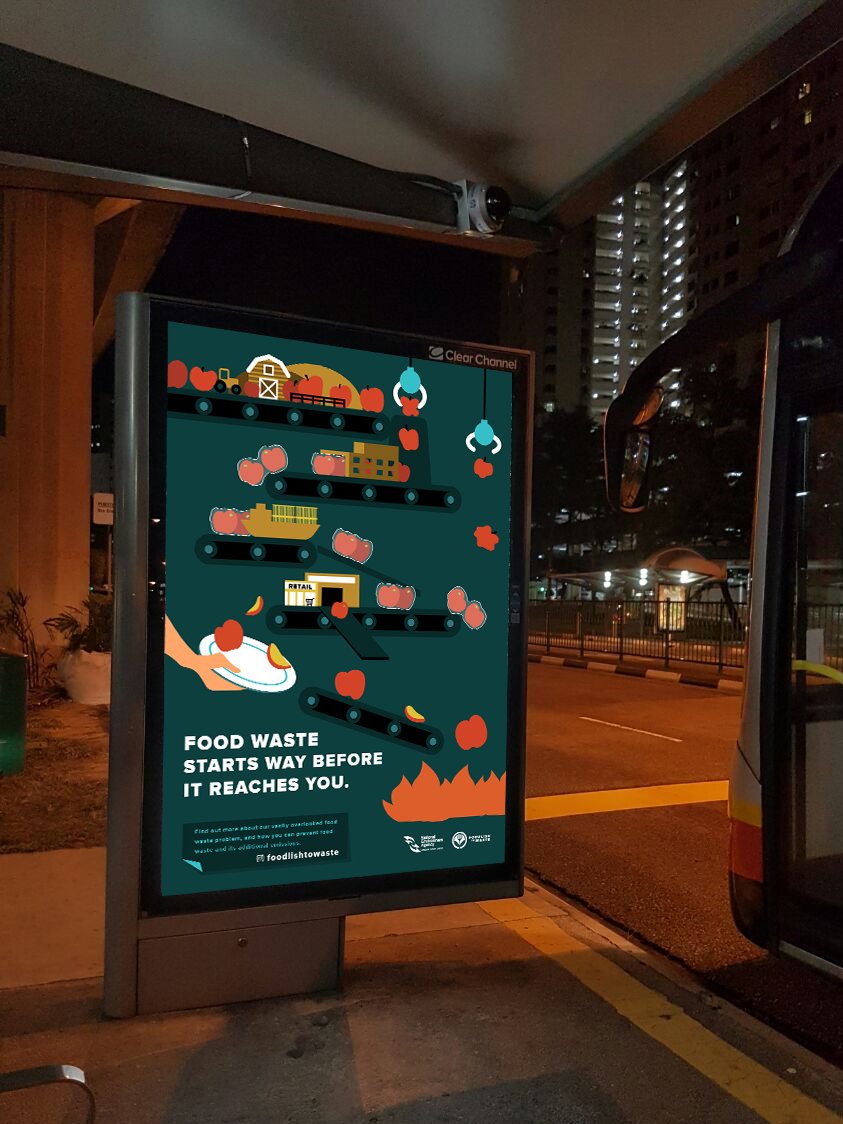
Bus Stop Advertisement 1
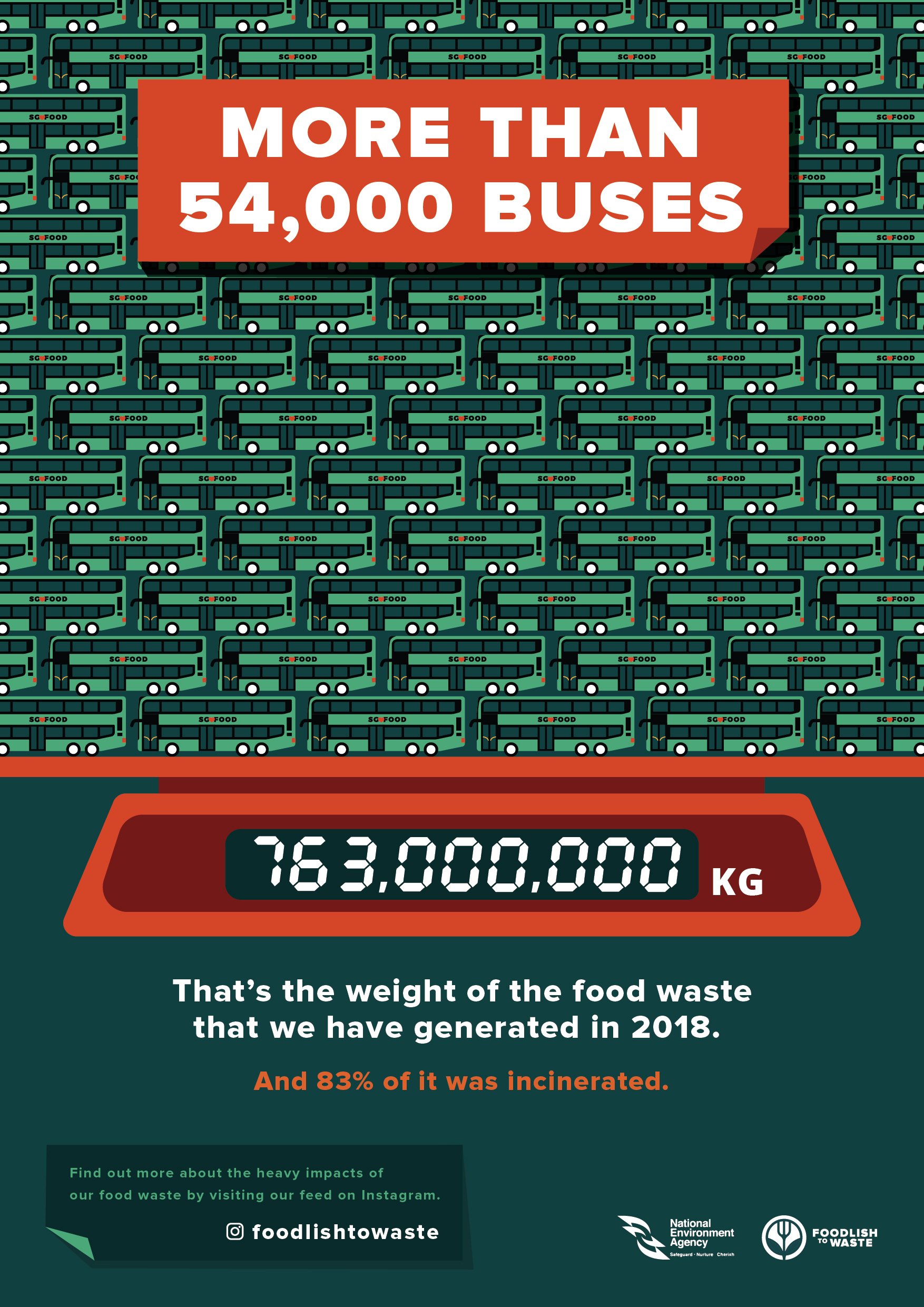
I wanted to raise awareness about the widely underestimated amount of food waste that we actually generate in Singapore. I felt that it would be more eye-catching to state the gargantuan amount in numbers, and would be interesting to place an advertisement which compares the weight of our food waste to the weight of the buses, at a bus-stop.
Bus Stop Advertisement 2
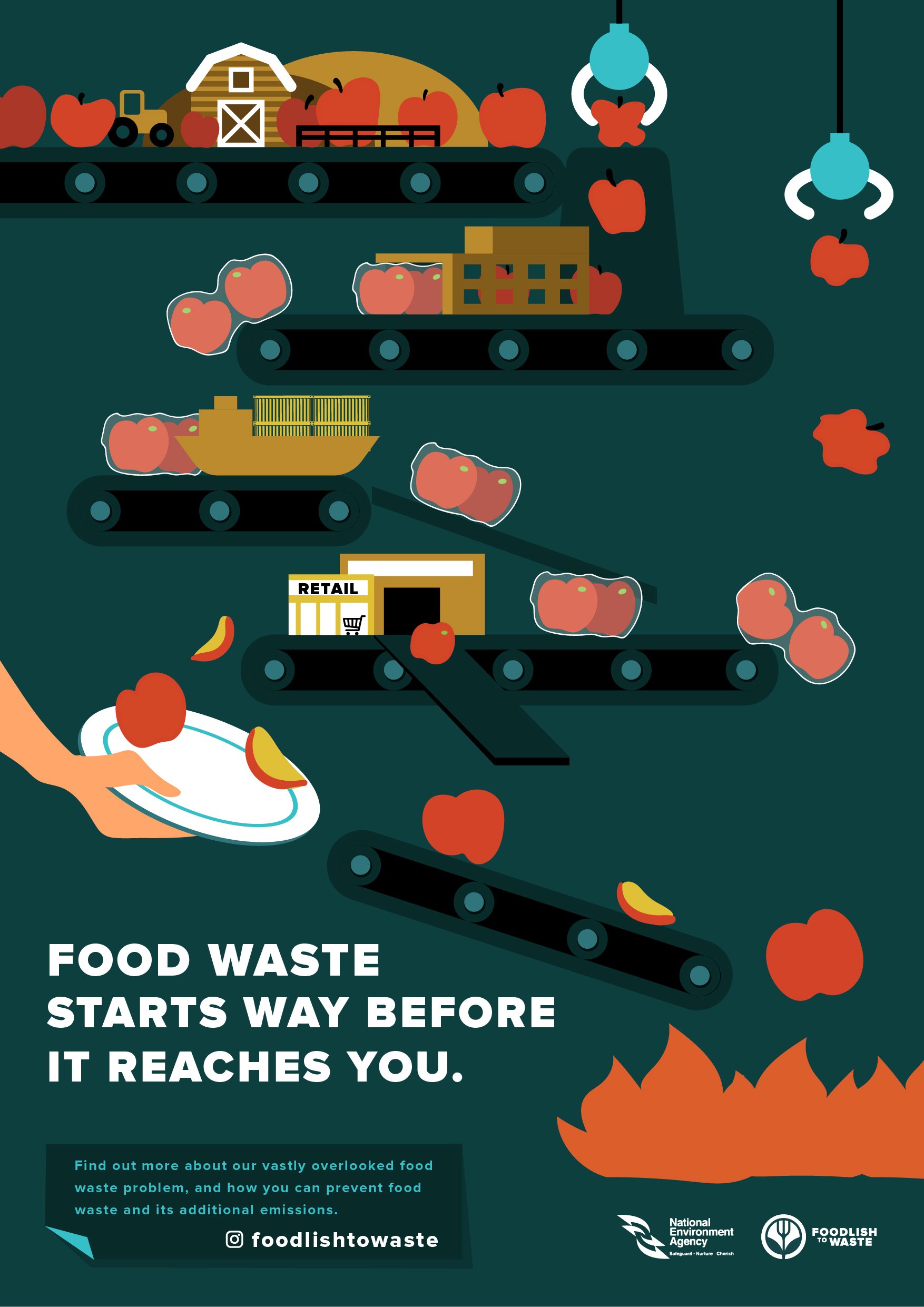
I wanted to show how food waste was not just about wasting what was on our plates, but rather, it starts way beforehand. I decided to use conveyor belts to represent the journey, icons to represent the different parts of the journey –
-
-
-
- Barn, tractor and hills to represent production stage
- Factory-like building and the apples being packaged after going through it represent the processing stage
- Cargo ship represents distribution stage
- Building with the word retail, and the supermarket trolley to represent retail stage
- Hand with plate represents consumers
-
-
And that food, which was represented by the apples are being lost at every stage, and how there were actually more apples at the top and it slowly gets lesser at the bottom stages.
-
-
-
- UFO claws catching apples and throwing them away at the production and processing stage
-
-
- which looks deformed / small – wastage due to standards and other factors
-
-
- UFO claws catching apples and throwing them away at the production and processing stage
-
-
-
-
-
- Packaged apples falling off the conveyor belt to represent the food being “lost” during distribution
-
-
- damaged due to transportation / storage issues
-
-
- Packaged apples falling off the conveyor belt to represent the food being “lost” during distribution
-
-
-
-
-
- A slope that allows apples to bypass the consumers and go straight into the fire represent the food that was wasted by retailers due to cosmetic standards
-
-
-
-
-
- Arm with the plate titled in a way where the apples will continue its journey towards the fire represent how consumers are not consuming the food and are throwing it away.
-
-

